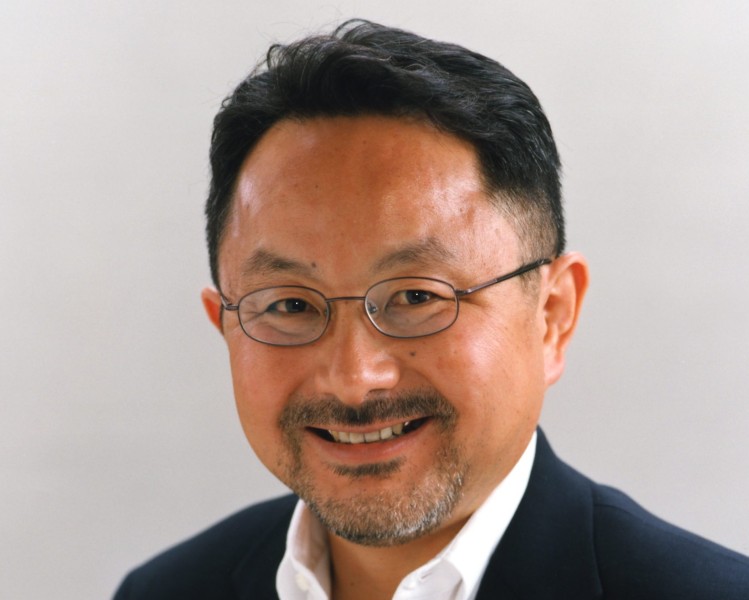Shinobu Kitayama on Cultural Differences in Psychology

In the 1970s and early 1980s, when Shinobu Kitayama was studying psychology at Kyoto University, Cognitive Dissonance Theory and Attribution Theory were “really hot topics” that he found “intellectually interesting” ways of describing human behavior.
“But when I came here [to the University of Michigan] and looked at my graduate students, colleagues, and friends, I realized that those ideas are really active elements of their mind in a way they were not to me as Japanese individual.”
He continues, “obviously there are many cultural shocks – for example, I felt hesitant in speaking up in graduate seminar, but I got the impression that American friends end up saying a lot of things seemingly without thinking anything. That’s the kind of experience that made me feel that something more profound might be going on in terms of culture and its influence on psychological processes.”
His own perch, he explains in this Social Science Bites podcast, helped focus his personal research into comparing people from East Asia, such as Japan, China, and the Philippines, with people in America. His research ranges from simple exercises involving redrawing a line within a box to brain-scanning technology (“culture gets under the skin,” he jokes before adding, “I find neuroscience indispensable”) and examinations of subsistence agriculture. The Robert B. Zajonc Collegiate Professor of Psychology at Michigan since 2011 now runs the Culture & Cognition Lab at the school’s Psychology Department.
He starts his conversation with interviewer David Edmonds offering a description of a prominent cultural difference between East Asia and Anglo-America – the idea of ‘independence’ and ‘interdependence.’
“In some cultures, particularly in Western traditions, ‘self’ is believed to be the independent entity that is composed of internal attributes, maybe your attitudes, maybe your personality traits and aspirations, which guide your behavior. Social relationships come out of those individual preferences.
“In many other cultures, the conception of the person is much more social and relational. There’s a fundamental belief that humans are humans because they are connected to formal social relationships.”
Kitayama offers some examples of these differences. “Americans tend to believe that what you hear somebody say must be what this person believes. If somebody says ‘yes,’ he must mean yes. But in many countries, ‘yes’ and ‘no’ carry very different meanings, depending on the context.” While someone from, say, the West may realize this on an intellectual level, in practice they often forget and assume a yes, means, well, yes. “We found this fundamental attribution error,” he concludes, “is much less, and often even nonexistent, in East Asian, and particularly Japanese, contexts.”
Or take happiness.
“Oftentimes, we believe that happiness is happiness. If Americans are happy, it must be in the way that Japanese are happy. We try to challenge this conception to see what people might mean when they claim they are happy. One easy way to do this is to ask people to write down what they mean by happiness, reasons for happiness, conditions in which happiness happens. Core elements of happiness, like elation, relaxation, feeling of excitement, are fairly common between U.S. and Japan.”
But what leads to those states are quite different, with Japanese respondents often citing social harmony while Americans cite personal achievement.
In the interview, Kitayama touches on why these differences might have arisen, including one idea that the cultivation of mainstay grains across thousands of years helped create the conditions that led to the cultural traits. The Asian staple of rice, for example, requires a more collective effort – “tight social coordination,” as Kitayama puts it — to raise and harvest. Meanwhile, the Western staple of wheat requires less collaboration. These underlying agrarian requirements for supremely important foodstuffs may in turn, he says, “promote very different ideologies and social structures and institutions which then lay the ground for contemporary culture.”
Kitayama has published widely in English and in Japanese and served as editor of the Journal of Personality and Social Psychology: Attitudes and Social Cognition and the Personality and Social Psychology Bulletin. He was a fellow of the Center for Advanced Studies of Behavioral Science at Stanford in 1995 and in 2007, a Guggenheim Fellow in 2010, inducted as a fellow of the American Association for the Advancement of Science in 2012, and served as president of the Association for Psychological Science in 2020. Kitayama is an affiliate of the Research Center for Group Dynamics at the Institute for Social Research, where he is co-organizing, with Catherine Thomas, a public seminar series that begins this fall on “Psychological Diversity across the Globe.”
To download an MP3 of this podcast, right-click HERE and save.
Join the debate and discuss this episode with fellow listeners on our Multytude conversation. Multytude is a new social media app that aims to make sense of the online conversation. With support from the SAGE Concept Grant, the Multytude team is working to create a new method of qualitative research for social scientists to better understand what people are saying about the big issues of today.
For a complete listing of past Social Science Bites podcasts, click HERE. You can follow Bites on Twitter @socialscibites and David Edmonds @DavidEdmonds100.


























































































Such a great episode! Thank you so much for doing this.